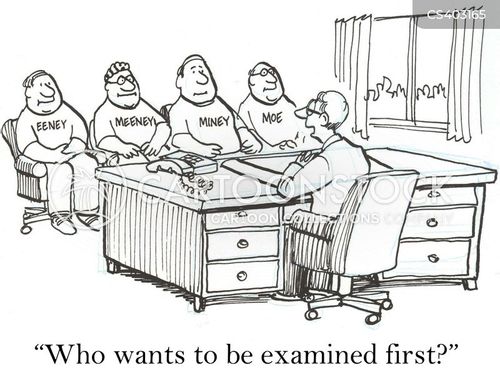
- What do you think of someone who has these symptoms? Can you identify the disease?
• Tremor (shaking)• Slowness of movement• Rigidity (stiffness)• Difficulty with balance• Small, cramped handwriting
• Stiff facial expression• Shuffling walk• Muffled speech• Depression
- Read the following two paragraphs:
Japanese researchers have published a study in the Journal of Clinical Investigation reporting a major breakthrough that might pave the way for a possible cure of Parkinson disease. This brain disorder occurs when certain nerve cells (neurons) in a part of the brain die or become impaired. Normally, these cells produce a vital chemical known as dopamine, which allows smooth, coordinated function of the body's muscles and movement. When approximately 80% of the dopamine-producing cells are damaged, the symptoms of Parkinson disease (shaking, difficulty with balance, paralysis) appear. Parkinson disease affects both men and women in almost equal numbers. It shows no social, ethnic, economic or geographic boundaries. In the US, 60,000 new cases are reported each year.
The team from Kyoto University said experiments have shown that embryonic cells transplanted into monkey brains can reverse the debilitating effects of the degenerative disease, for which there is currently no cure. Tests on humans may occur within five years. Doctor Nobuo Hashimoto said, “There are many approaches to curing the disease, such as strong drugs or destruction of troubled cells in the brain, but use of embryonic stem cells is seen as an ideal and fundamental therapy for the disease.” The study suggests that stem cells taken from embryos can be used to replace damaged tissues in a whole variety of other diseases. Opponents of stem cell research, including US President George W. Bush, who has frozen all federal spending on its research, say using a human embryo for such research or even treatment is unethical.
- Answer the following T/F Questions:
(a) A cure has been found for Parkinson disease. T / F(b) A major breakthrough might pave the way for a possible cure of Parkinson disease. T / F(c) Parkinson disease is a neurological disorder. T / F(d) Our brains need a chemical called dopamine to allow it to function smoothly. T / F(e) Parkinson disease affects men much more than women. T / F(f) Tests on humans may occur within five months. T / F(g) The use of embryonic stem cells can only cure Parkinson disease. T / F(h) US President George W. Bush has greatly increased spending on stem cell research. T / F
- Discuss your answers with a partner. Then check your answers here.
- Role Play: Physical Checkup
Answers:
TRUE / FALSE:
(a) A cure has been found for Parkinson disease. F
(b) A major breakthrough might pave the way for a possible cure of Parkinson disease. T
(c) Parkinson disease is a neurological disorder. T
(d) Our brains need a chemical called dopamine to allow it to function smoothly. T
(e) Parkinson disease affects men much more than women. F
(f) Tests on humans may occur within five months. F
(g) The use of embryonic stem cells can only cure Parkinson disease. F
(h) US President George W. Bush has greatly increased spending on stem cell research. F
(b) A major breakthrough might pave the way for a possible cure of Parkinson disease. T
(c) Parkinson disease is a neurological disorder. T
(d) Our brains need a chemical called dopamine to allow it to function smoothly. T
(e) Parkinson disease affects men much more than women. F
(f) Tests on humans may occur within five months. F
(g) The use of embryonic stem cells can only cure Parkinson disease. F
(h) US President George W. Bush has greatly increased spending on stem cell research. F


No comments:
Post a Comment